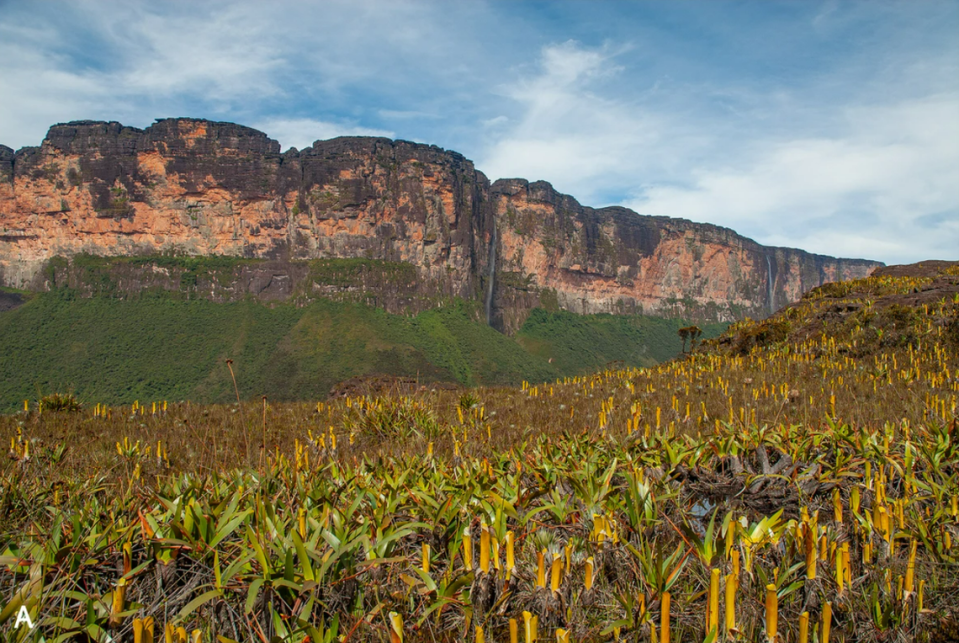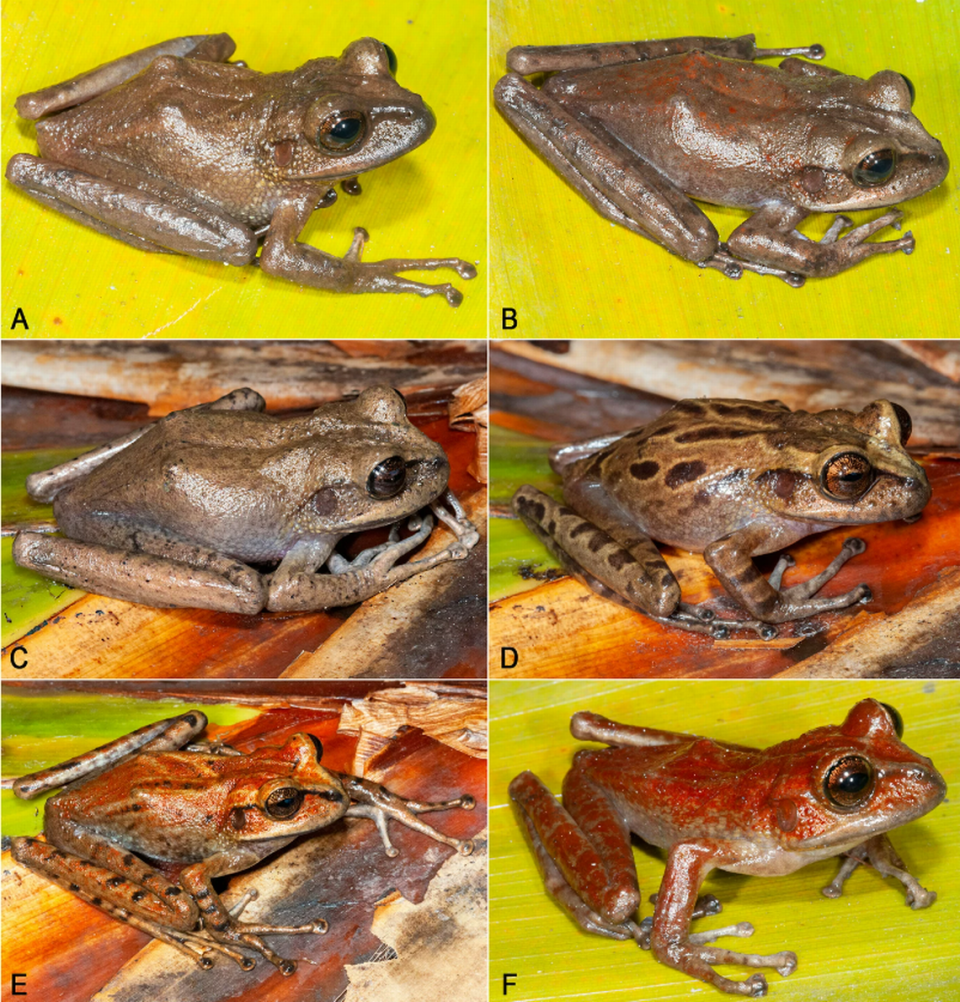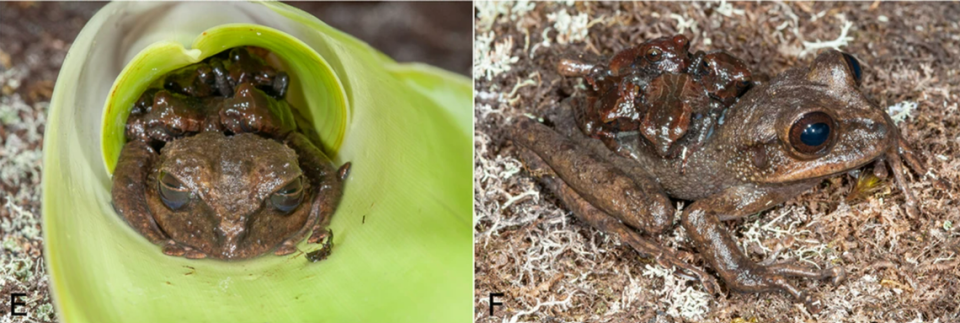‘Cryptic’ mountain creature — with 9 babies on its back — discovered as new species
Perched on a leaf in the cool night air, a creature stops to rest. The nine babies on her back stay balanced despite the slope.
A bright beam of light pierces through the darkness.
Scientists spot the mother and approach her perch. They peer closer at the creatures and realize they’re looking at a new species.
Researcher Philippe Kok summited Wei-Assipu-tepui, a “small table-top mountain” along the Guyana-Brazil border, for a multi-week animal survey in 2009, he wrote in a study published May 25 in the journal Zoological Letters. The mountain reaches about 1.5 miles in elevation but can only be reached by helicopter or “technical climb” because of its cliff-like sides.
Exploring the mountain summit, Kok noticed numerous “cryptic” frogs that hid during the day and emerged at night. The nocturnal animals were found along the ground, on plant leaves, under rocks, in crevices and on small trees.

Taking a closer look at the animal, Kok discovered a new species of frog: Stefania maccullochi, the study said.
Stefania maccullochi frogs range in size from about 1.8 inches to about 2.9 inches in size, with females being larger than males, the study said. The frogs’ coloring varies greatly, ranging from “plain medium brown” to “chestnut brown” and from brown-ish red to “almost completely red.”
Photos show the color variation among Stefania maccullochi frogs. Some animals had “dark brown” markings while others had little to no markings, the study said.

Several female Stefania maccullochi frogs were observed carrying their babies on their backs, Kok wrote. Photos show one female frog perched on a leaf with nine babies on her back. Another female frog was found hiding in a tube-like plant and carrying four babies on her back, photos show.


The new species was identified as distinct based on its body shape, geographic location and DNA, the study said.
DNA analysis found the new species had between 4.1% and 4.9% genetic divergence from other frog species, Kok wrote. This divergence was greater than the genetic divergence between other recognized species.
Despite being genetically distinct, Stefania maccullochi frogs resemble another species of frog found on a mountain summit in Venezuela, the study said. Kok attributed this similarity to parallel evolution, shared ancestry or both. Still, the two similar-looking species are found on isolated mountains.
Kok named Stefania maccullochi after Ross Douglas MacCulloch, a herpetologist from Canada who has contributed “to the knowledge of the amphibians and reptiles of Guyana.”
The new species is likely “critically endangered” because of its limited geographic distribution, the study said. The animal is threatened by climate change, human fires and an uptick in people visiting its isolated habitat, Kok wrote.
Wei-Assipu-tepui is located on the Guyana-Brazil border. The mountain is in the Cuyuni-Mazaruni region, an area controlled by Guyana but disputed between Guyana and Venezuela.
Guyana is located on the northern coast of South America and borders Suriname, Brazil and Venezuela
Nocturnal creature — as small as it is rare — spotted in Indian forest, video shows
‘Rattling’ sound leads scientists to ‘floating’ creature — a new species — in Vietnam
‘Cryptic’ creature — with long ‘golden’ fur — discovered as new species at Indian cave

